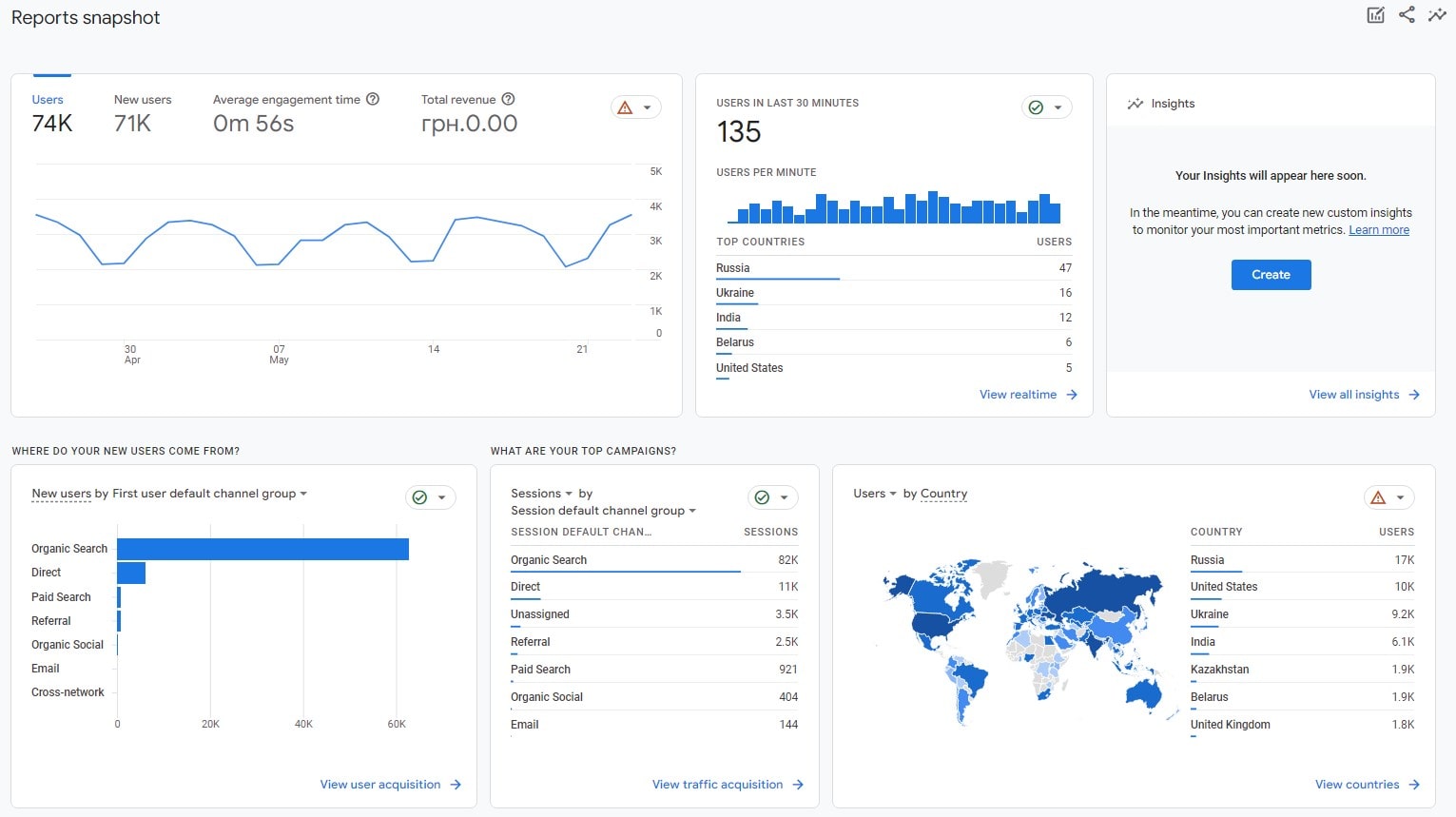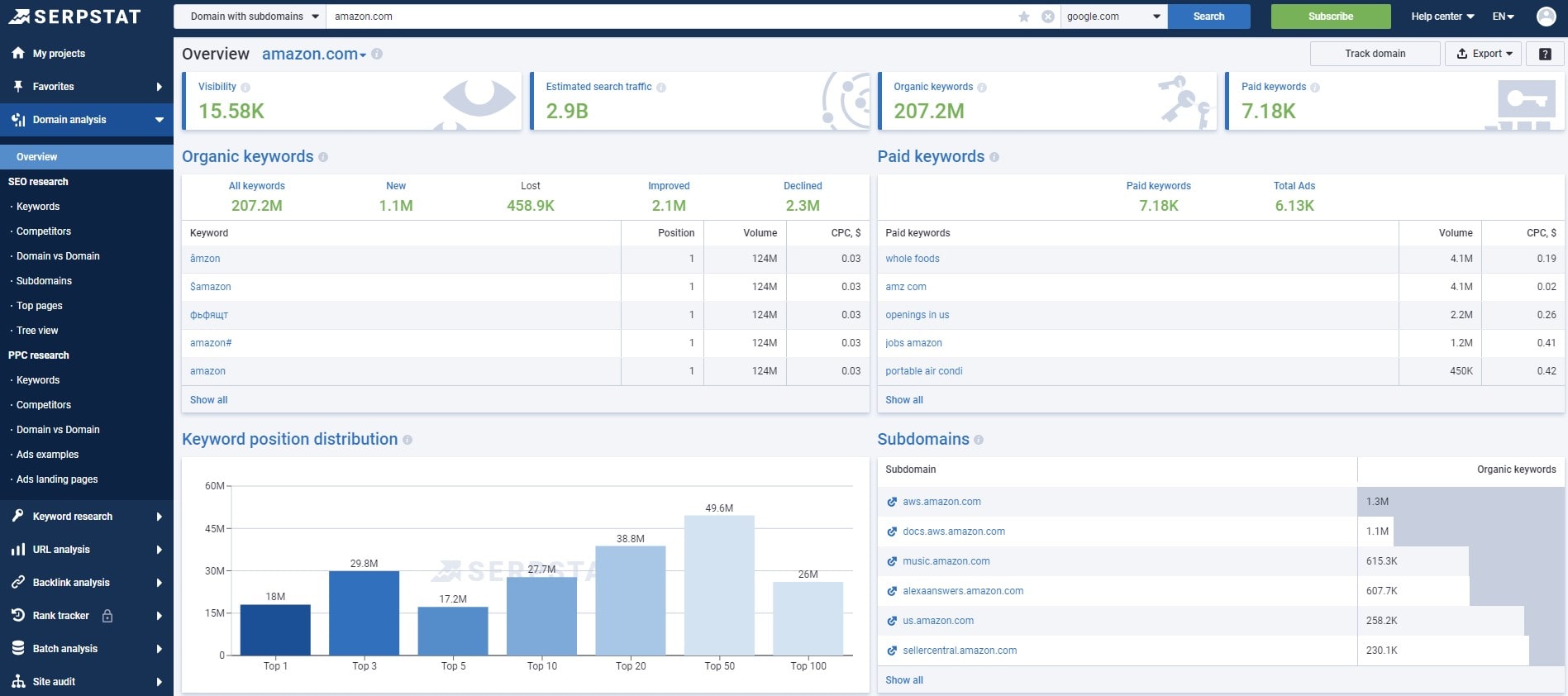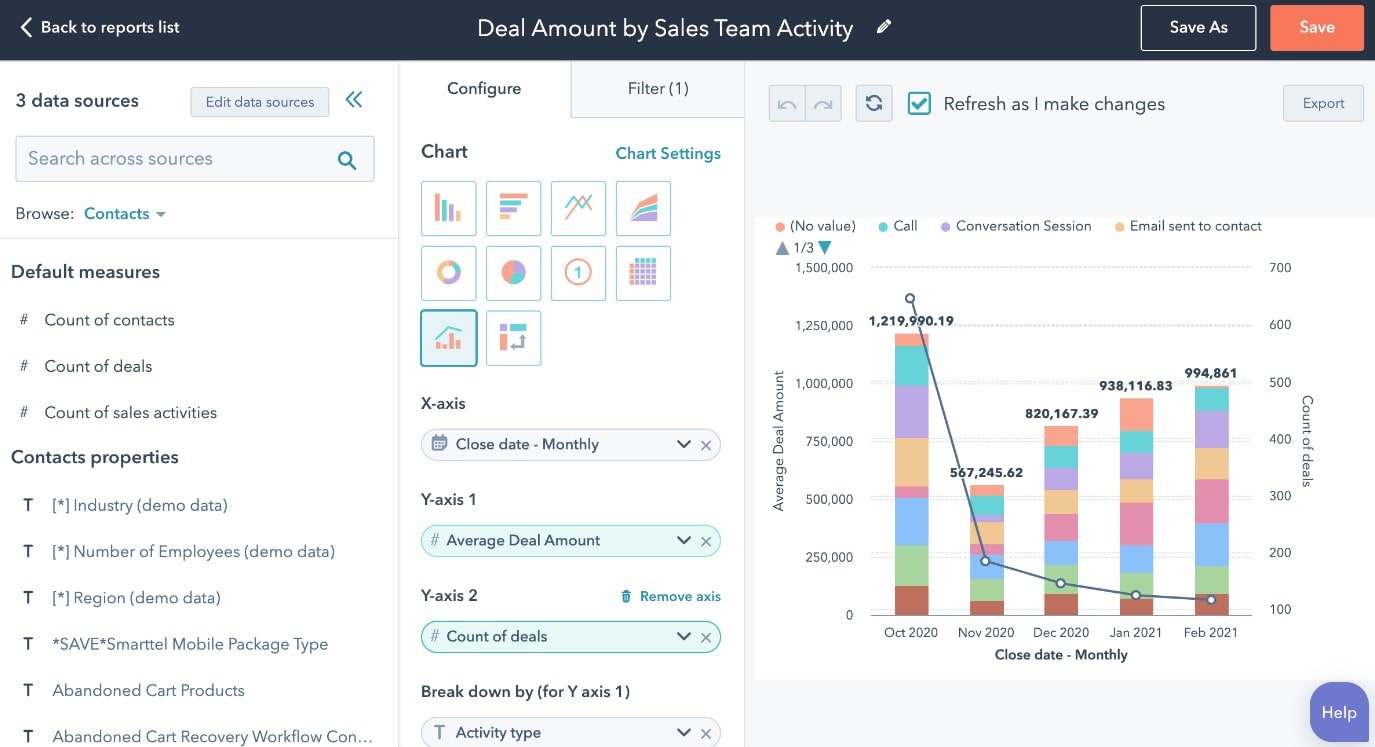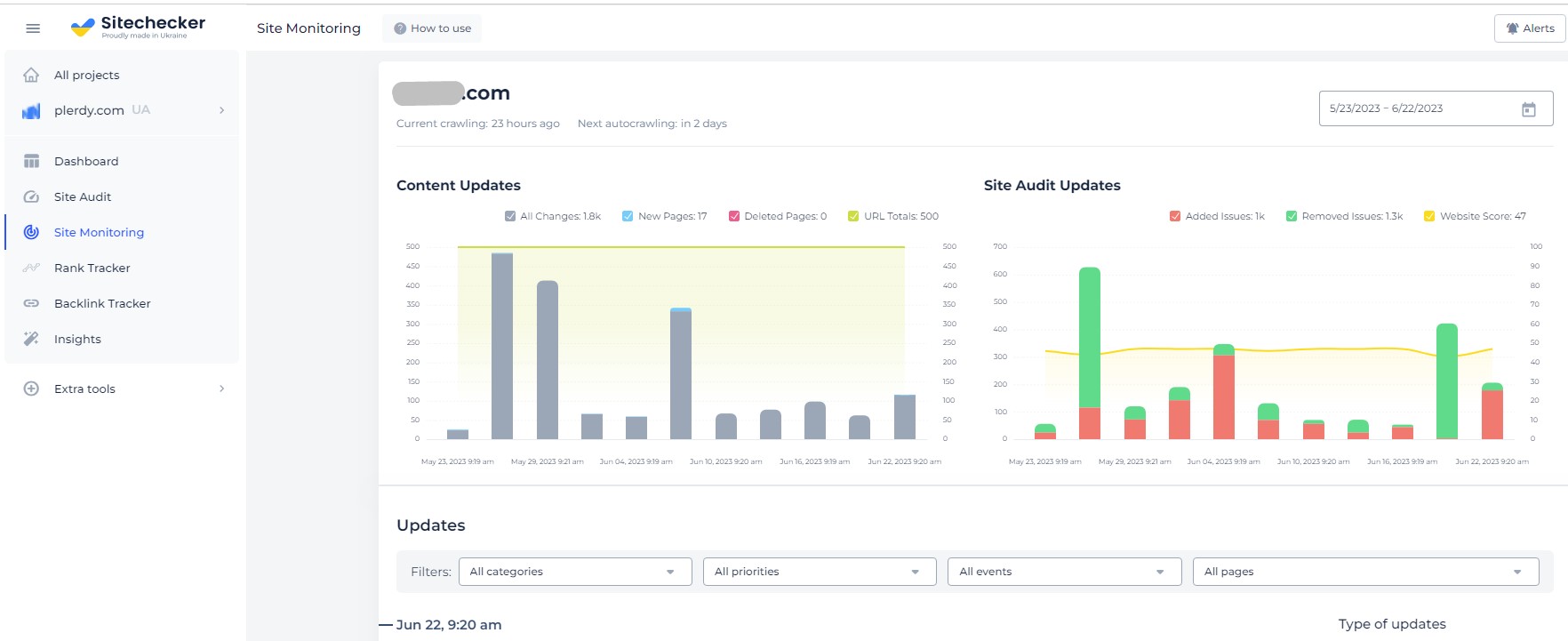Welcome to the comprehensive guide to marketing analytics ?! Marketing analytics is the fuel that powers data-driven decision-making ?. It’s an essential tool that businesses employ to gather, measure, and analyze marketing data. The purpose? To maximize marketing effectiveness and optimize return on investment (ROI). This guide deepens into marketing analytics, why it’s the backbone of successful marketing strategies, and how tools like Plerdy can supercharge your marketing efforts. Whether you’re a small business owner trying to understand your visitors better or a digital marketing manager at a large corporation aiming to refine your campaigns, this guide is your roadmap to mastering marketing analytics. Buckle up because you’re about to transform data into actionable insights. Let’s get started!

What is Marketing Analytics?
At the heart of successful businesses lies a robust comprehension of marketing analytics. This term, while intimidating to some, simply refers to the practice of measuring, managing, and analyzing marketing performance. To pave the path for data-driven marketing decisions, its major objective is to achieve the highest possible level of efficiency and ROI.
In the early days, analytics was primarily utilized in finance and operations. But as markets grew more competitive and companies sought an edge, marketing analytics began to take center stage. It offered a way to cut through the noise and understand which marketing strategies were hitting the mark and which needed to catch up.
Take the example of a renowned shoe company. In the past, they might have made gut-driven decisions about which advertisements to run, where to place them, and who to target. But with marketing analytics, they can now leverage data to make these decisions. They can analyze past campaigns to discern what worked and didn’t — helping them craft a more effective strategy.
Why is Marketing Analytics Important?

Unveiling the significance of marketing analytics offers an exciting journey. It’s not simply a set of techniques for measuring marketing efforts — it’s a way to inject precision into the marketing mix, to turn guesswork into strategy.
Firstly, marketing analytics empowers businesses to make informed decisions. With the proliferation of digital channels, marketers are flooded with data. It’s easy to get lost without a way to interpret this data. But with analytics, every click, share, and purchase can inform strategy. For example, an e-commerce store might use marketing analytics to determine the most popular products and highlight them on its homepage to boost sales.
Secondly, marketing analytics enables companies to predict and adapt to trends. Consider a restaurant chain. By analyzing data on menu choices, they can foresee the popularity of certain dishes in different seasons and adjust their offerings accordingly.
Finally, marketing analytics plays a crucial role in improving marketing ROI. A case in point is a digital agency leveraging analytics to monitor its client’s ad campaigns. With real-time data, they can tweak underperforming ads and channel resources to successful ones and ensure that every dollar spent drives results.
Key Elements of Marketing Analytics

Dissecting the realm of marketing analytics reveals several key components:
- Data Collection: This gathers data from various sources like social media, website traffic, and customer databases. It provides the raw material for analysis.
- Data Analysis: After collection comes analysis. Here, sophisticated techniques and tools are used to sift through the data and uncover insights. For instance, a fashion retailer might analyze customer data to segment their audience and create personalized marketing messages.
- Reporting and Visualization: Raw data is difficult to interpret. Therefore, it’s often transformed into easy-to-understand charts, graphs, and reports. These visualizations make it simple to comprehend trends, patterns, and outliers.
- Predictive Modeling: This element of marketing analytics uses past data to predict future outcomes. Imagine a streaming service using historical viewing data to predict which shows will be popular in the future. They could then strategically promote these shows to maximize viewership.
By integrating these elements, businesses can transform raw data into actionable insights. And it’s these insights that fuel successful, data-driven marketing strategies. Thus, understanding marketing analytics is not merely an intellectual exercise — it’s a cornerstone of modern business strategy.
Different Tools in Marketing Analytics and the Plerdy Tool

Today, a multitude of marketing analytics tools flood the digital market. These sophisticated systems aid businesses in making sense of the copious amounts of data generated daily. Let’s delve into a few of these robust solutions at the intersection of technology and marketing.
- Google Analytics: This free tool stands tall among its peers, allowing businesses to track and analyze website traffic. It’s as if you had a detailed roadmap showing where visitors come from, what they do on your site, and where they go after they’ve left.
- Adobe Analytics: A part of the Adobe Experience Cloud, this powerhouse delivers real-time analytics and detailed segmentation across all marketing channels. It’s akin to having a top-notch detective on your team, analyzing every clue and providing actionable insights.
- HubSpot: A software platform designed for inbound marketing, sales, and service, HubSpot shines in its ability to manage customer relationships and drive inbound leads. It’s like having a personal concierge for your customers, guiding them smoothly through their buying journey.
- Tableau: A leading tool for visualizing data, Tableau empowers businesses to convert complex data into understandable, actionable insights. Picture an artist transforming a blank canvas into a masterpiece — Tableau does the same with your data.
- Plerdy: A lesser-known, yet potent tool, Plerdy specializes in heat map tracking and SEO-checking. It functions like an eagle, providing a bird’s eye view of your website’s UX and helping spot potential improvements.
These platforms, while diverse, share a common mission: to transform raw data into a powerful catalyst for marketing strategies.
Integrating Marketing Analytics into Business Strategy

Once you’ve selected your tools and started collecting data, the real magic begins — integrating marketing analytics into your business strategy. Doing so enables businesses to align their marketing efforts with overarching objectives, fostering a data-driven culture.
Consider a software development company seeking to drive more downloads of its flagship product. With marketing analytics, they could track the success of their marketing efforts — from social media campaigns to content marketing — and identify which channels drive the most downloads. The insights could feed into their broader business strategy, helping them allocate resources more effectively and drive their primary objective.
In another instance, a grocery store might leverage marketing analytics to understand the purchasing behaviors of its customers. Do customers buy more organic products? Which sections of the store get the most foot traffic? Answering these questions could shape store layout, product placement, and promotional strategies — ultimately boosting sales and customer satisfaction.
Future of Marketing Analytics
The horizon of marketing analytics is one filled with possibilities. In particular, two key trends are shaping its future: artificial intelligence (AI) and privacy.
AI and machine learning technologies are transforming the field by enabling more sophisticated and accurate data analysis. They’re helping businesses shift from reactive to proactive strategies. For instance, an online publisher might leverage AI to predict which articles will perform best, allowing them to push high-performing content to their audience proactively.
On the other hand, as data collection grows more pervasive, so do concerns about privacy and data security. Businesses must tread carefully to respect user privacy and comply with data protection regulations. For example, a health insurance company using marketing analytics must protect sensitive customer health data.
In a nutshell, marketing analytics’ future is one of innovation and responsibility — a dance between harnessing data’s power and ensuring it’s used ethically and responsibly.
Harnessing the power of marketing analytics, integrating it into business strategy, and keeping an eye on its evolving future are the keynotes to mastering this critical domain. By doing so, businesses can craft data-driven marketing strategies that deliver tangible results, outshine the competition, and chart a course for sustained success.
Conclusions
As we reach the end of our enlightening journey through marketing analytics, let’s wrap it all up ?. Marketing analytics transcends basic data gathering – extracting valuable insights from that data and deploying it effectively to drive sales and growth. As the driving force behind data-driven marketing, it’s indispensable for businesses aiming to maximize their ROI.
You can quantify your marketing efforts through analytics, understand consumer behavior, and adjust your strategy accordingly. Data and analytics work in tandem, like two sides of a coin ?, providing an invaluable perspective on your marketing performance.
Your toolkit for effective marketing analytics isn’t complete without Plerdy – a platform designed to enhance your analytics game with its robust UX & SEO analysis features. Plerdy provides a treasure trove of marketing data, helping you optimize your strategies and make more informed decisions ?.
So, why wait? Time to seize the day – start leveraging the power of marketing analytics with Plerdy and let data-driven decisions guide your way to success. It’s time to expand your skills and knowledge, enhance your marketing performance, and let the science of data analytics fuel your growth.
Remember, data is a marketer’s best ally. Make the most of it with marketing analytics, and let the story your data tells be your roadmap to success ?️.
